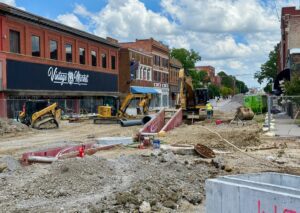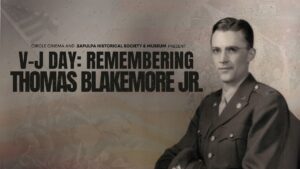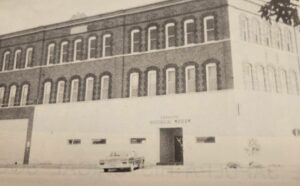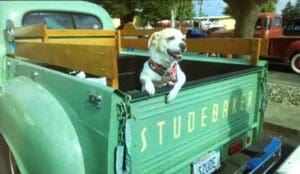Rachel Whitney, Curator,
Sapulpa Historical Museum
While visiting Sapulpa in the first half of the 20th century, people would come across the hustle and bustle of the downtown business district. The sounds of traffic flooded the streets. People walked across the street to meet a friend at the local diner or shop.
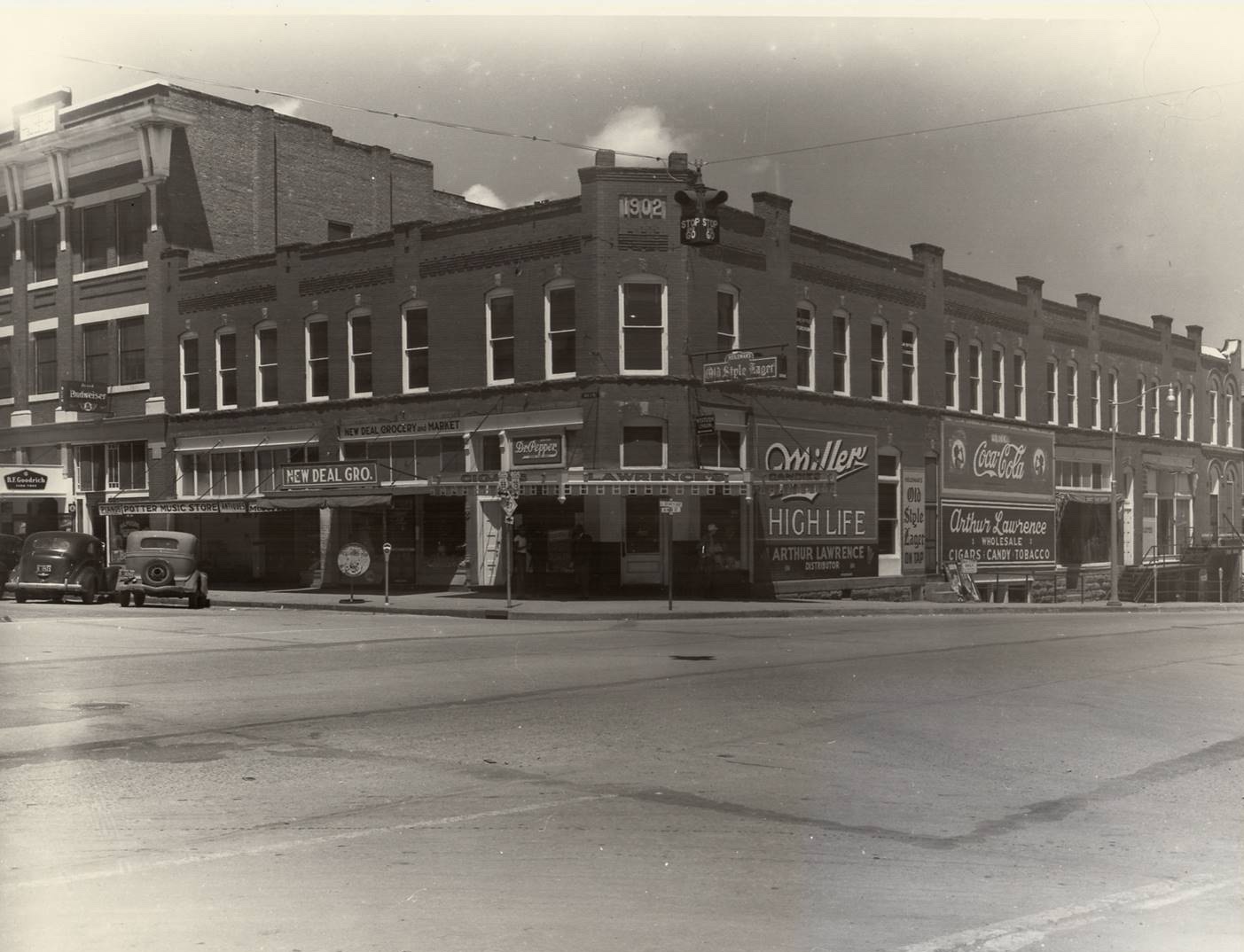
Route 66 had faded in people’s memory during the war. But soon, people would want to venture out and go to new places. Still, local businesses and people had to live on.
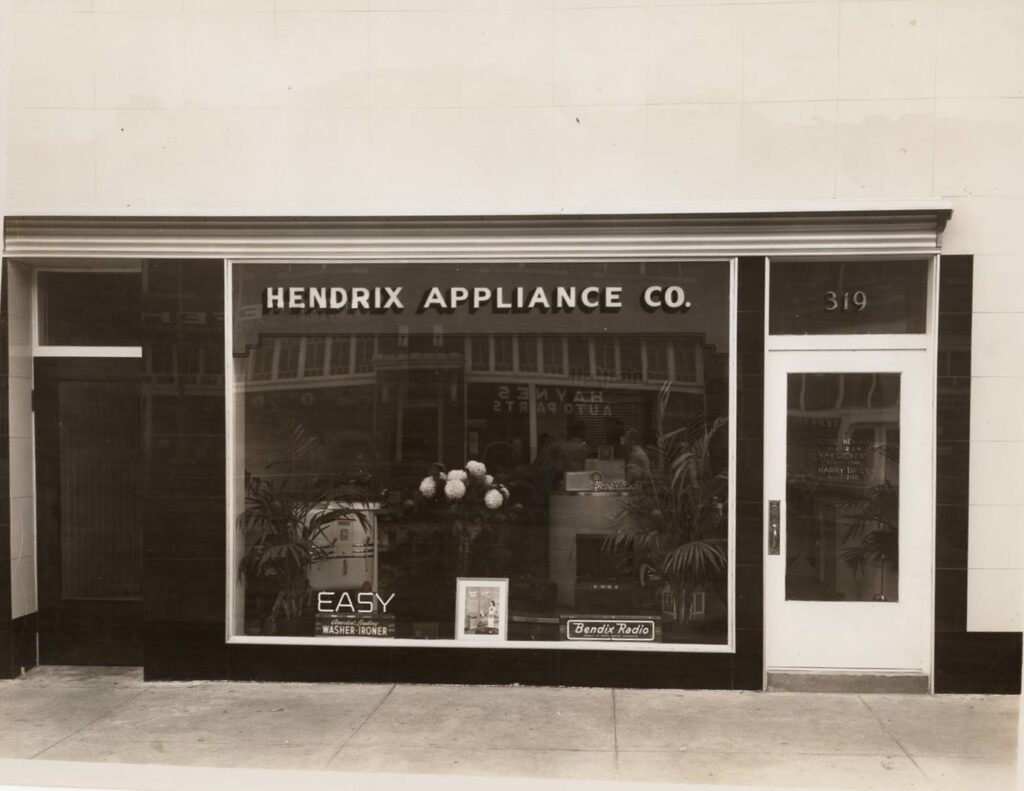
At 17 E Dewey, customers shopped at Sapulpa Appliance and the Mayes Department Store – before it became Bayouth’s. Another appliance store just down the street as the Hendrix Appliance at 319 E Dewey. Then back down the street, at 117 E Dewey, the townsfolk would meet at the Newberry – before it became a Dollar General; or another department store, like Kress, at 125 E Dewey – before it became the Williams Tax & Accounting firm.
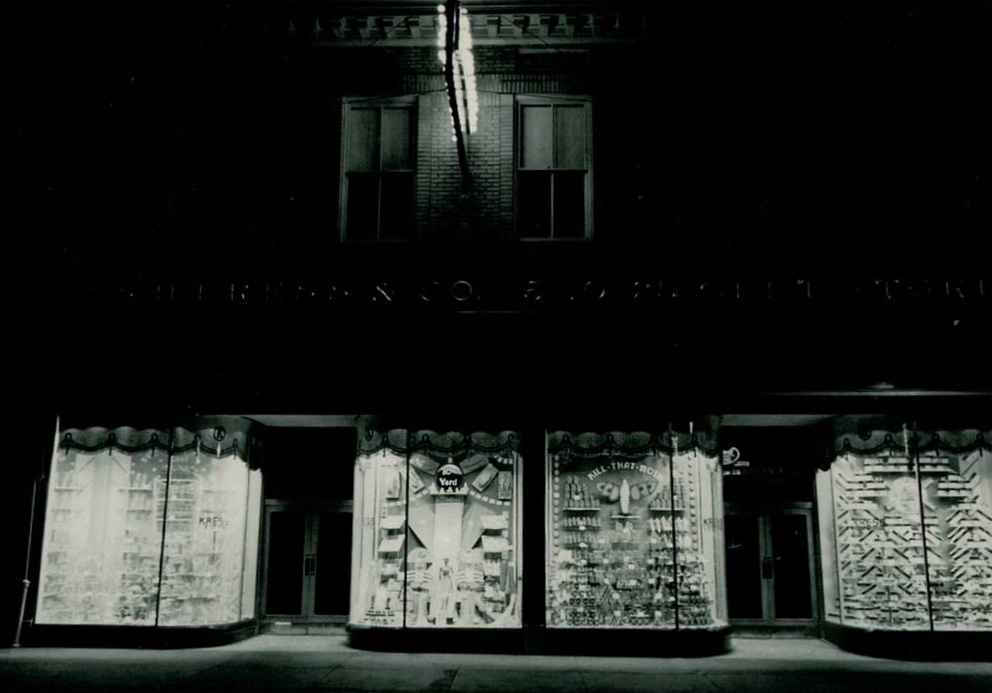
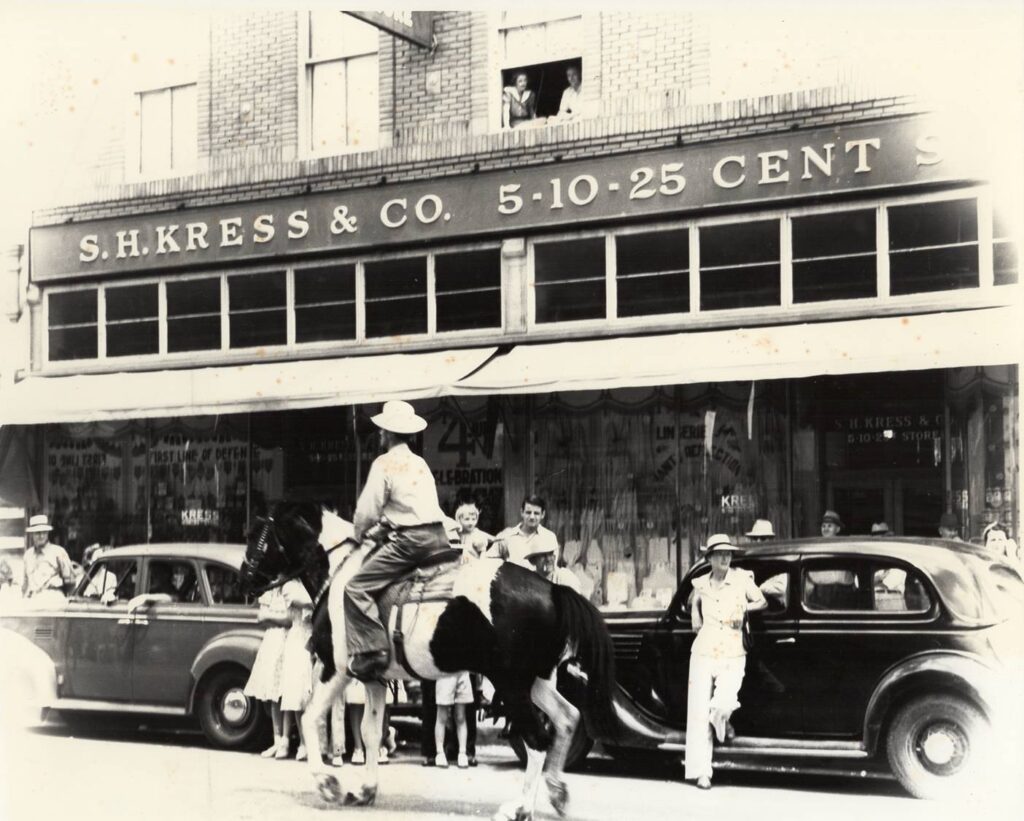
In downtown, if people needed to go to the local pharmacy, they’d step into Cowman’s Payless Drug. Just up the stairs, people could see the dentist, optometrist, and a physician at the same location of their pharmacy, at 126 E Dewey – before it became a Boomerang Diner.
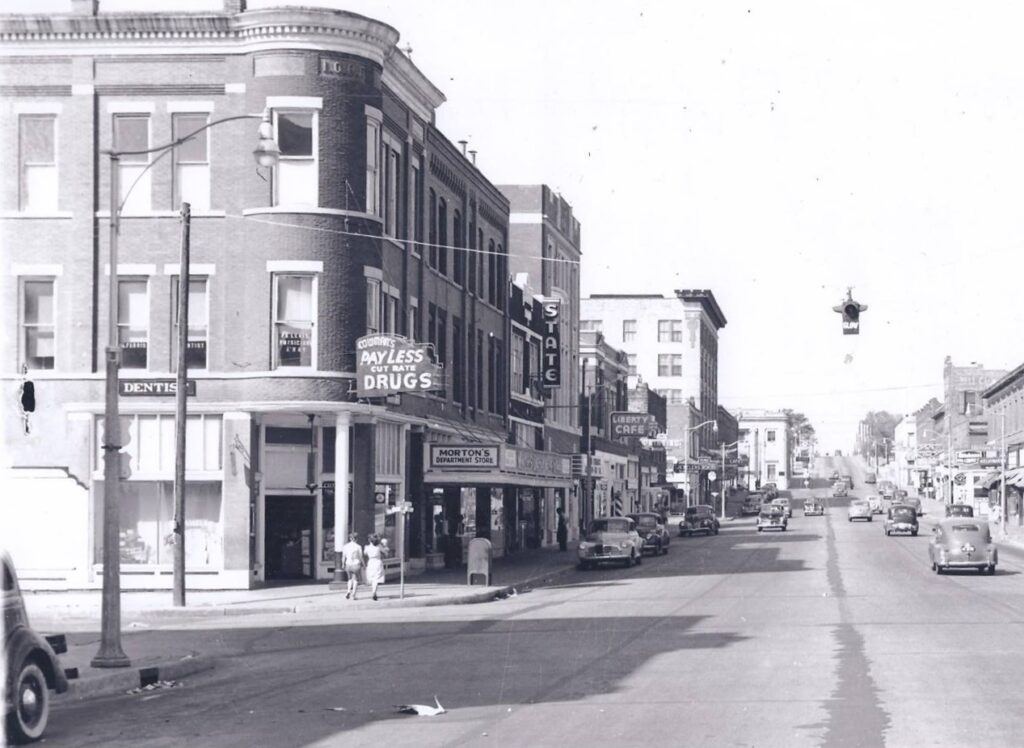
People would take their car for a quick tune-up to the Sapulpa Battery Co. at 26 E Lee; and take their appliance to the Sapulpa Maytag Store for a repair, at 100 E Lee. If they needed auto supplies, one could find the Standard Motor Supply at 122-124 E Lee. All these stores one could visit before they became a part of the museum.
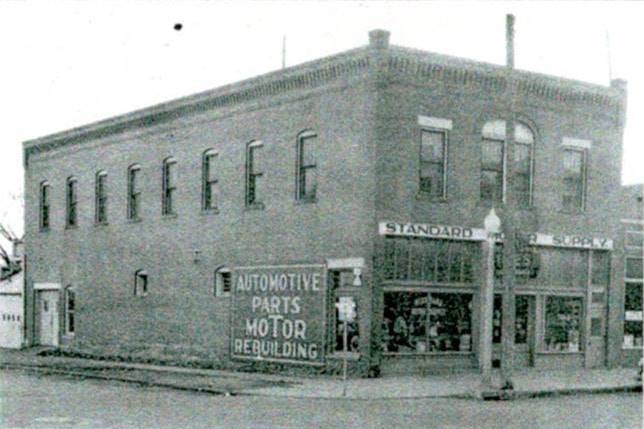
On Main St, the Sapulpa Chamber of Commerce and the Jr Chamber of Commerce was located at 2 N Main – before it became the Crossroads Market. Both Sapulpa’s largest hotels, the St James Hotel and Loraine Hotel thrived on the opposite corners of Main St and Lee Ave – before one was completely destroyed by fire.
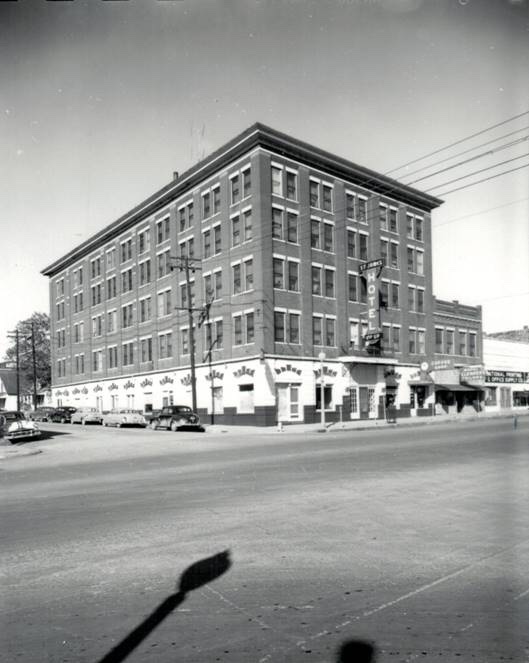
The people of Sapulpa did what they could do to support their community, especially in the Second World War. The 1940s, Sapulpa began to rise again. In the 1930s, population had decreased as families struggled during the Great Depression. By the next couple of decades, Sapulpa’s population, businesses, and economy began to recover.
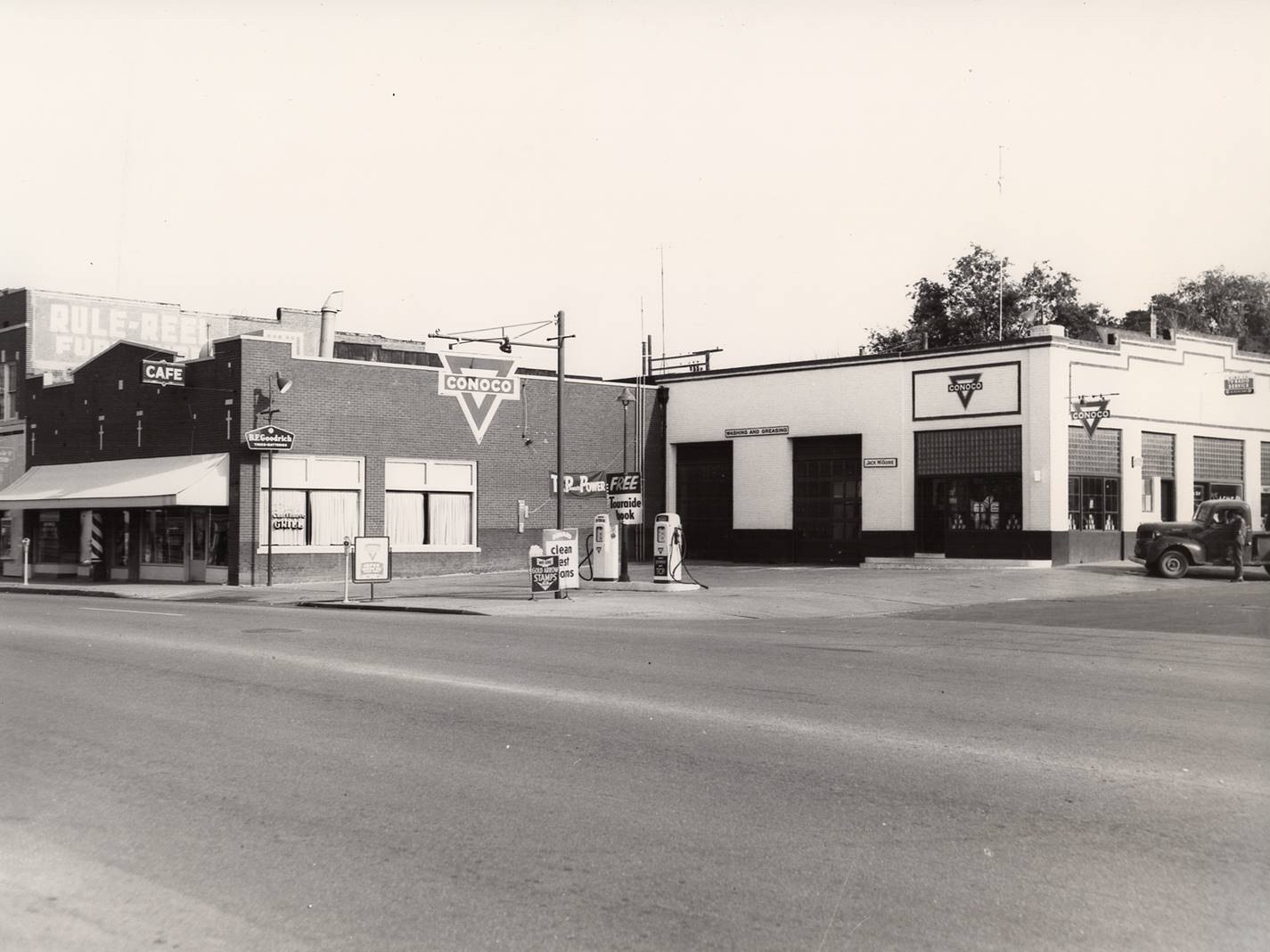
This week in Sapulpa history, on August 9, 1945, Business and Professional Women’s Club (BPW) and the Parent Teacher Association (PTA) recorded how Sapulpa was shaping just after the war.
They had conducted a door-to-door survey. “The results of the survey along other lines provides an invaluable guide to what the actual status of the city is and what it proposes to do in the post-war era.”
The BPW and PTA stated “a population of 16,746 individuals” in our vicinity. It included 4,977 family units with nearly 3,800 of those owning their own homes, whereas a little over 1,200 are tenants. Realistically, the population size has never been accurate in the newspapers, unless it is by the U.S. Census. According to the Census, in 1930 Sapulpa had 10,500, whereas in 1940 Sapulpa had 12,200, and in 1950 Sapulpa had 13,000 citizens.
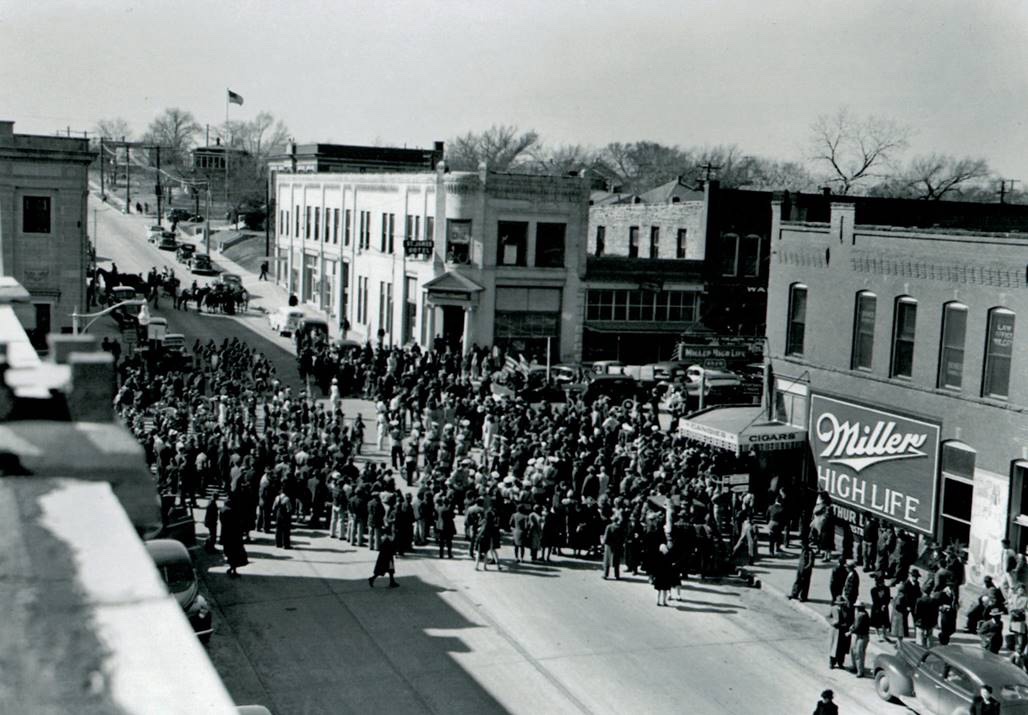
The survey was broken down to those who have new homes, electricity, water, sewage, automobiles, and many other household details. “Looking ahead, which can be estimated as post-war business, 1,248 of these families plan on painting their residences. 1,404 plan on redecorating the interior of their house; 792 expect to build additions to their homes, 300 expressed their intentions of building new homes as soon as war subsides and building materials can be had.”
In their households, there were 2,517 automobiles owned. In the nearly 5,000 family homes, nearly all had electricity, at 4,212 homes. Less people had city water, at 3,798 homes and 2,823 have sanitary sewage disposal, 4,555 burn gas.
Of these 5,000 family homes, 2,253 have electrical refrigeration, 3,477 have radios, 2,232 have electric washing machines, 1,146 have electric sewing machines, and 1,761 have electric carpet sweepers.
“729 heads of families are self-employed and 3,999 are employees. Of these nearly 4,000, 2,700 are employed by Sapulpa firms; this leaves a balance of 2,028 who live here but are employed elsewhere. This means that more than 2,000 people commute daily from Sapulpa to their place of employment.”
Sapulpa’s employment was listed as 346 railroad workers, 639 oil field workers, 702 factory workers, 606 mercantile workers, 1,014 defense workers, 57 in building trades, 975 professionals, 111 retired, 132 pensioners, and just under 800 miscellaneous. Compare that to now, whre in the past decade or so, the population has reached over 20,000 people, with nearly 8,000 households and 5,500 families.
“After contacting many of the 2,028 who live in Sapulpa, and commute daily to their place of employment, it was learned the reason given for their living in Sapulpa were those advantages of a small community.”
Sapulpa has good people, businesses, and history. “Sapulpa has many more opportunities in community and civic life, and all felt that the many advantages to be had in Sapulpa offset many times any inconvenience that they might have in getting to and from their place of employment.”
(Sapulpa Herald, August 9, 1945; Wikipedia)


